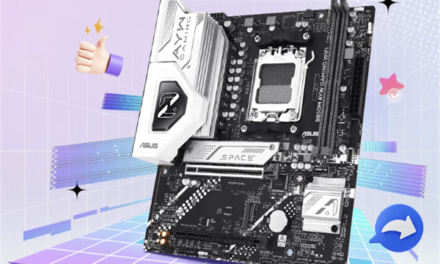
Neobanks: An Overview Of Banks In The Digital Future

This article is based on one interview with an economist, philanthropist, and even professional essay writer who reveals all the non-obvious issues about the digital future that we’ve been living in for a long time and don’t realize the change, being in everyday flux.
The global banking landscape is constantly changing. Low-interest rates implying low intermediation margins, legacy systems, increasingly demanding customers with better and more information, new competitors such as neobanks, and continuous changes in regulation are putting banks under pressure and redefining their role. Only those banks that use new technologies intelligently can achieve decisive competitive advantages.
In the digital age, banks should become technology companies operating within the constraints of a banking license. However, while most have invested heavily in technology over the decades, much of the budget has been spent on maintaining legacy systems, which are not designed for the needs of open banking. In fact, traditional banks spend about 80% of their IT budgets on maintaining critical systems.
At the same time, more and more customers are digital natives and want a truly omnichannel banking experience. They expect more real-time services that advise and accompany them in their 24-hour mobile lifestyle with simple and usable processes. Some examples, such as Hong Kong’s Mox Bank, created in collaboration with GFT on Thought Machine’s core banking architecture, are catering to this market segment. At Mox Bank, customers can open a new account in three minutes, receive financial advice, and access new products fully tailored to their needs, such as cards that transform from debit to credit with a click on the mobile app, instant credit, etc.
Pressure to improve user experience
The pandemic has changed banking habits, driving the growth of digital banking. In the USA, digital adoption is very high compared to other countries. Acceptance of online and mobile banking, as well as cashless and contactless payment, has progressed considerably. Regardless of COVID-19, traditional banks have already felt great pressure to upgrade their user experience. However, neobanks have raised the bar, while legacy systems make it difficult to counter this challenge.
On the other hand, international regulatory bodies are also driving change. A recent wave of regulations – starting with PSD2 in Europe – dictates that banking must become more open, innovative, and competitive. Thus, consumers can share their data with authorized third parties. This changes the playing field: institutions can be competitors in some areas and partners in others. In addition, many central banks have granted new banking licenses to drive innovation, stimulate competition and promote financial inclusion. Some of these are exclusively digital.
All of this poses a major challenge for many traditional banks. With interest rates at historic lows and the proliferation of neobanks, margins are under pressure.
Also, digital banks, built on a new generation of cloud-native core banking technology, have redefined the economics of banking. Unburdened by legacy technology and operating in the cloud, the newcomers offer an approach that prioritizes business flexibility and scalability at a lower cost. Their systems are fast and easy to implement and customize, thus reducing time to market for new features or even entire banks.
Using the latest technology is much more cost-effective than using legacy technology. This is corroborated by a Thought Machine study conducted in collaboration with Bain & Company, which claims that the total operating cost savings potential of a digital service offering can be 60% to 70% over a legacy core banking system, making it a very attractive proposition.
Against this backdrop of radical change, many traditional institutions face a simple choice: go digital or see their business shrink. What are the possibilities? Broadly speaking, they have three options:
- Building a new digital core that involves “eliminating and replacing” the existing one. It is risky, expensive, and daunting for those with complex infrastructures.
- Building new banks from scratch is what many entities have done to migrate the entire business. It offers a fresh start with new equipment and technology, but a lack of knowledge and experience can frustrate progress.
- Progressive modernization is the option that allows banks to take advantage of the flexibility of the most advanced technologies, including the cloud, and with a progressive approach, have a better chance of success. By mitigating risk, progress is accelerated, and costs are aligned with business benefits. This option is gaining traction in traditional banking.

























